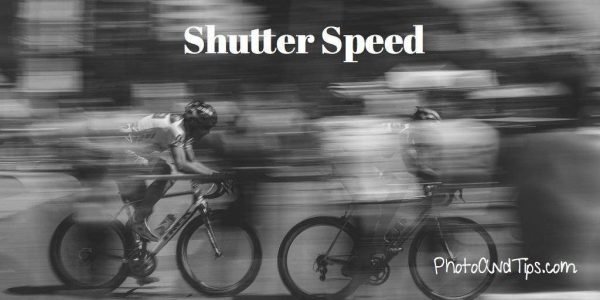Last Updated on January 23, 2022
What Are Exposure Settings
Aperture, ISO and Shutter Speed
Page Contents
Exposure is one of those topics many newcomers into the world of photography are afraid of, and this day we want to make it extremely simple for you, but our job will be meaningless if you don’t practice and practice with your cameras.
Practice every day, and you’ll become agile photographers in no time.
Exposure refers to the “correct” amount of light that is needed to capture an image. We as photographers are able to control that amount of light by adjusting three parameters:
Shutter Speed
This is used to tell the camera how much time we’ll be allowing light to hit our camera’s sensor.
Aperture
This value is used to tell our camera how big will be the amount of light passing through our lens at the moment of pressing the shutter button.
ISO Value
This will control the level of light sensitivity our sensor will be emulating. The combination of these three elements is known as the exposure triangle, and it requires practice to master it for good.
When it comes to exposure, there are no rights no wrongs as long as the results match truly the intentions of a photographer. If the results aren’t quite a par with the actual photographer’s will, some exposure adjustments should be tweaked in order to improve that.
Exposure is all about combining the exact recipe of settings in order to capture light with our beloved cameras. There are five common exposure modes that can be used under certain circumstances.
Let’s talk first about the most basic and automated settings, Auto and Program.
Auto
With this setting, we are empowering the camera to make all decisions for us, basing its decision on how light is behaving in front of the camera in real-time.
The technology inside cameras have evolved extremely well over the years, and its precision is outstanding. So, if this setting is so great, why bother with other settings?
Well, the camera’s internal computer will always seek “perfect” exposures, and frankly, perfection looks pretty dull when we see the Auto exposure results. This happens because cameras can’t think creatively (yet) as we do.
Program
This mode is almost like Auto, but here you can determine the number of stops of light for any given scene. So, even when it is pretty automatic, you can start to feel some sort of creative freedom while taking a shot.
Some cameras allow in determining the ISO value, which could be a very excellent way of understanding how this setting affects the overall exposure settings while cranking it up.
The following three exposure modes are considered to be the more “manual” and are often used in order to master the exposure triangle. Shutter Priority Mode and Aperture Priority Mode are quite similar but are often used under certain circumstances.
Shutter Priority Mode or Time Value Mode
This exposure mode is used when we are want to have complete control over the shutter speed (like when shooting sports or action) and we let the camera decide the best aperture value for each scene. ISO setting will lie in your hands unless you leave it to Auto-ISO.
Aperture Priority Mode or Aperture Value Mode
This mode should be selected every time we want to take control over a specific aperture value, and we want to take our minds off of shutter speeds.
This mode uses to be very handy when doing street photography, where things happen extremely fast in front of your eyes.

*Disclosure: Some of the links below are affiliate links. Thank you for your support!
Long Exposure Photography – Online Course

Manual Mode
Manual mode is the king of photographic freedom and allows us to take absolute control over the whole light-related stuff our camera is able to handle. By using Manual mode you will be flying solo, and you’ll be entirely responsible for what happens in the images.
This is the best mode for practising, and if you practice daily, you’ll achieve mastery in no-time.
Exposure is highly linked with a photographic style, and images should be considered as correctly exposed if they reflect the internal vision of its author, thus the photographer.
Some people tend to undersea images that are poorly exposed (over or underexposed) but they have more to say than some other perfectly exposed images.
Beware of perfection
Since exposure is something that is indeed measurable, it is very prone to perfectionism. Try to be very careful, since many talented photographers have fallen into a cold state of just trying to achieve perfect exposures, leaving their images with no soul at all.
Try always to be the one in control of exposure, but don’t let its perfectionism make you a cold photographer with images that have no soul. Push yourselves harder each time, and you’ll get closer to what you see in your mind.



I would like to thnkx for the efforts you have put in writing this blog. I am hoping the same high-grade website post from you in the upcoming as well. Actually your creative writing abilities has encouraged me to get my own blog now. Really the blogging is spreading its wings rapidly. Your write up is a good example of it.
Hi there! Would you mind if I share your blog with my facebook group? There’s a lot of people that I think would really enjoy your content. Please let me know. Thanks
I am glad to be one of the visitors on this great website, appreciate it for posting.
Just wanted to say I love reading your blog and look forward to all your posts! Keep up the great work!
The What Are Exposure Settings and When To Use Them article is one of the best I have ever read!